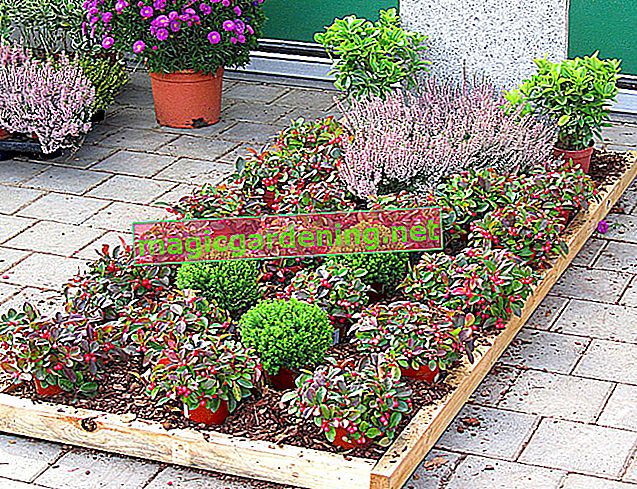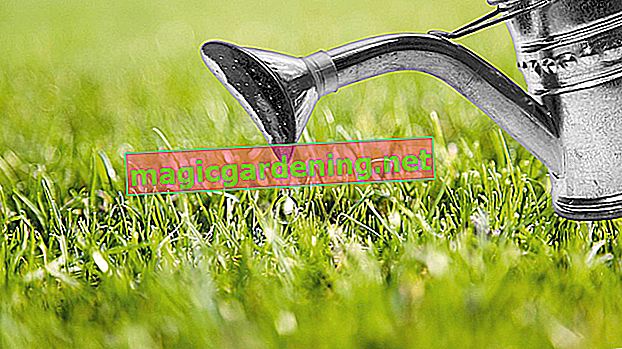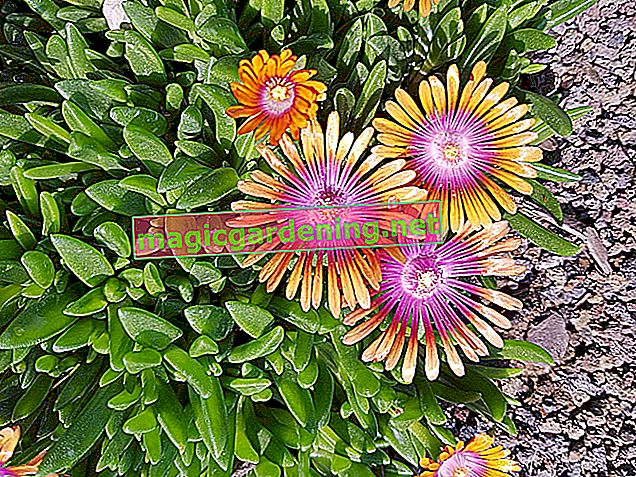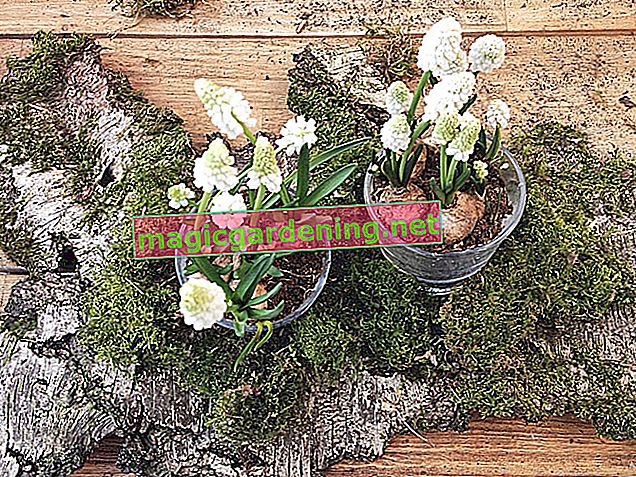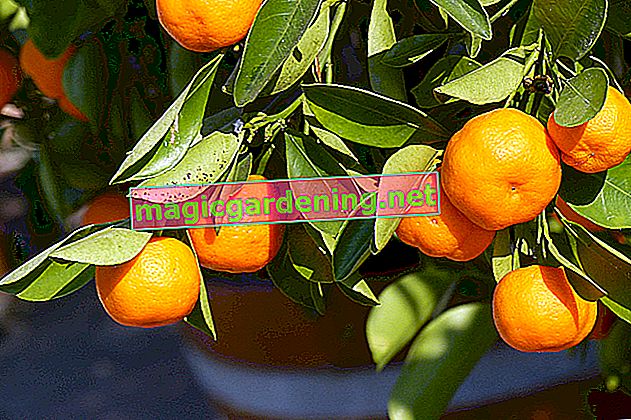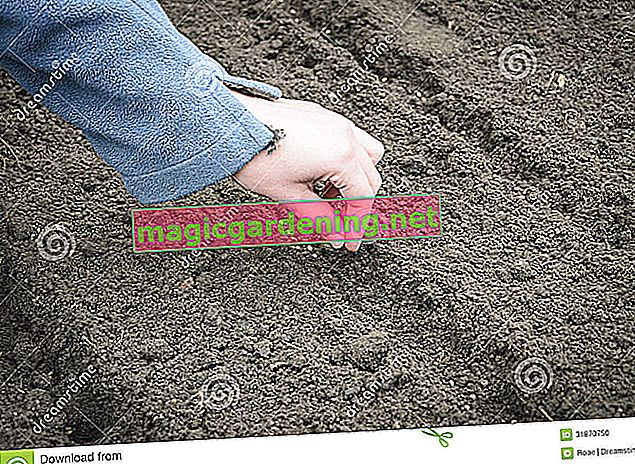
The importance of watermelon seeds in cultural history
From a botanical point of view, the watermelon belongs to the so-called cucurbitaceae, as it is closely related to the pumpkin and looks relatively similar to the growth of its tendrils. The origins of the plant can be traced back to West Africa, where the so-called tsamma melon is still a wild archetype. However, it is by far not as sweet as the watermelon that we know. However, it has contributed to the spread of melons around the world that, despite their rather bitter taste, a few centuries ago seafarers took them with them as provisions on longer passages. This was due to the kernel richness of these early watermelons, because the kernels could be used to prepare nutritious dishes and also grind them into flour. The watermelon found its way into Egypt early,Persia and Asia Minor.
also read
- Sow the kernels of the watermelon yourself and grow them in the garden
- How to store a ripe watermelon properly
- Grow the watermelon yourself in the garden or greenhouse
Select suitable seeds for cultivation
When it comes to the sale of seeds, the specialized trade orients themselves the cultivation of watermelons mostly on the standard varieties of the commercial trade. These are the Crimson Sweet with its huge fruits and the smaller, but also a little sweeter tasting Sugar Baby. The seeds can also be taken from commercially available fruits, provided that they are not seedless cultivated forms. The following steps must be observed:
- removing all pulp from the seeds
- drying the seeds at a maximum temperature of 40 degrees Celsius
- well-ventilated and dry storage until sowing
Only well-cleaned watermelon seeds survive the storage time and the germination phase without going moldy.
Bring the plants forward and transplant them carefully
Grow the seeds in loose, nutrient-rich soil on the windowsill from mid-April so that you can plant them out in frost-free temperatures in May. So that you do not injure the sensitive roots, it is advisable to sow two or three seeds in a spring pot or in another rotable pot.
Tips & Tricks
Please note that hybrid varieties are usually not suitable for further breeding over subsequent generations.
WK

